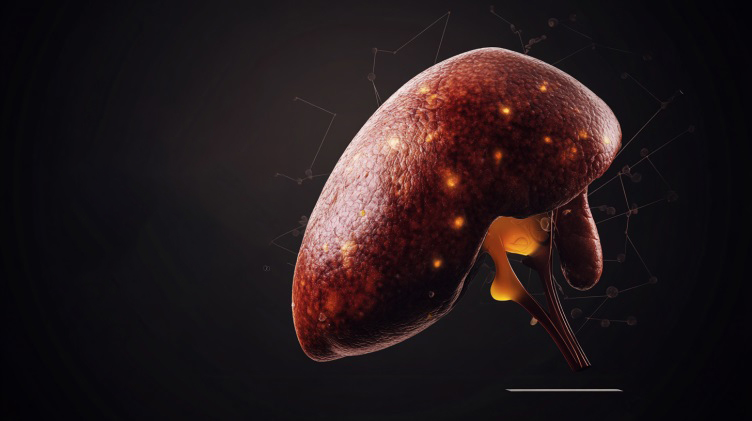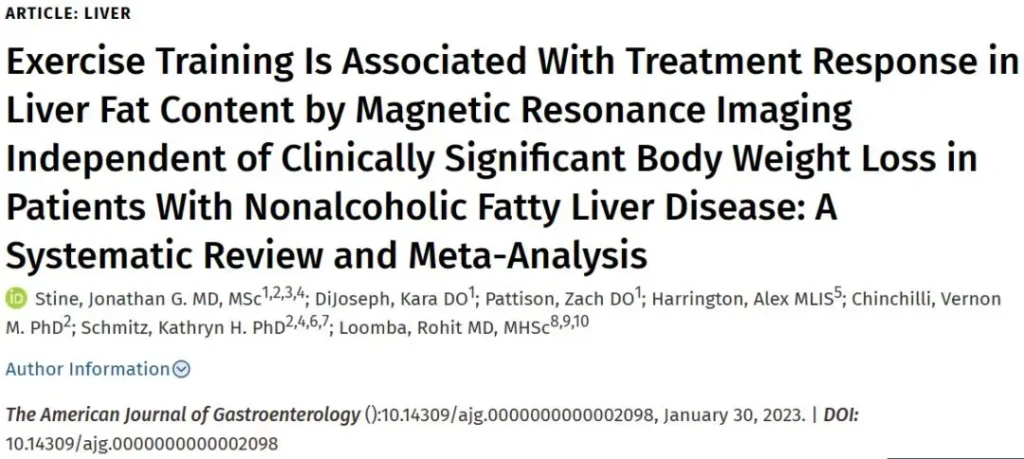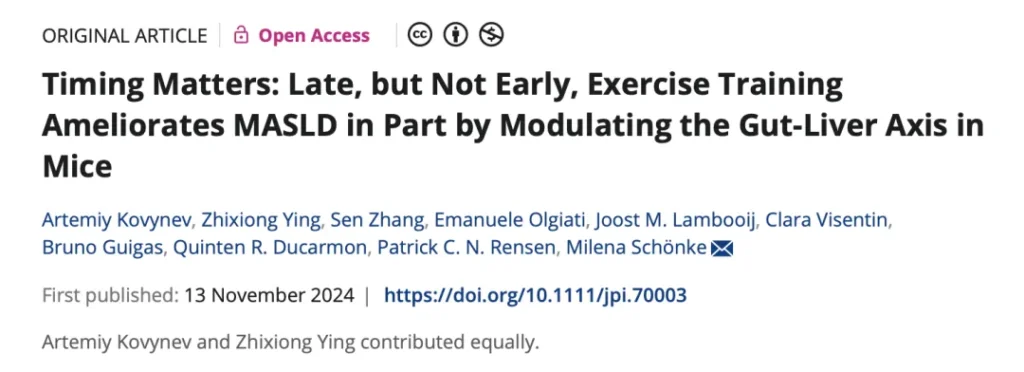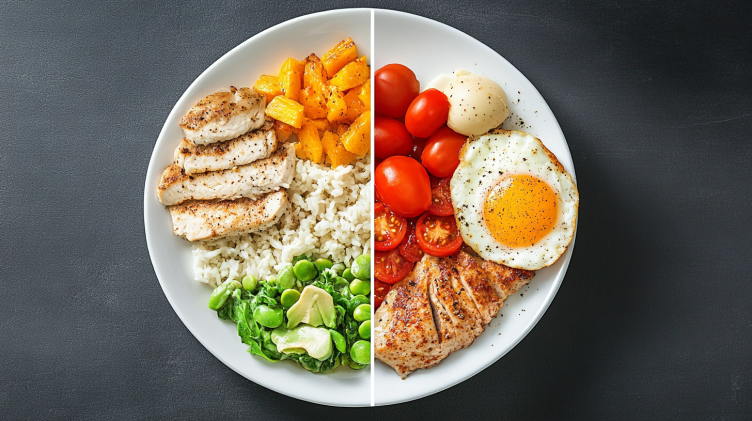Ever found yourself staring at your health check-up report, confused about how your liver—once healthy—could now be at risk for fatty liver disease? You might even be wondering if it’s possible for your liver to reverse its condition. Here’s the shocking truth: sitting for long hours could be silently putting your liver in danger!
The Hidden Danger of Sitting for 8 Hours
In today’s digital world, more people than ever are part of the “sitting tribe,” often feeling discomfort in their lower back, tiredness, and general fatigue. But what you might not realize is that prolonged sitting is silently wreaking havoc on your internal organs. One of the biggest risks? Fatty liver disease.

A study published in 2021 in Clinical Gastroenterology and Hepatology revealed that sitting for more than 8 hours a day can increase the risk of non-alcoholic fatty liver disease (NAFLD) by a staggering 44%. Yes, you read that right! And the problem doesn’t just lie in weight gain; it’s about the internal changes that happen in your body when you’re sedentary.

Research screenshots
The Science Behind It: Why Sitting Is So Dangerous
Experts explain that sitting too much leads to a surplus of calories in the body, which eventually results in fat accumulation. Additionally, it triggers abdominal obesity, which further contributes to liver fat buildup. This doesn’t just cause fatty liver; it also makes you feel more sluggish, creating a vicious cycle. Your energy slows down, leading to more sitting, and ultimately, worse health outcomes.

Even though your overall body weight might not change drastically, you may notice your arms and legs becoming slimmer, your waistline expanding, and your stomach growing. This abdominal fat can make fatty liver worse. Plus, the fatigue from sitting for long hours can discourage you from exercising, further perpetuating the cycle.

Exercise: The Key to Fighting Fatty Liver
But here’s the good news: exercise can help reverse fatty liver, even if you don’t lose weight. A 2023 study published in The American Journal of Gastroenterology found that exercise, even without significant weight loss, could significantly improve fatty liver conditions.

Research screenshots
The study analyzed over ten high-quality randomized controlled trials, finding that those who exercised had a 3.5 times higher chance of reducing liver fat by at least 30% compared to those who didn’t. The key? Exercise frequency. To see real improvements, you need at least 750 MET-minutes of physical activity per week. This translates to about 150 minutes of brisk walking or cycling each week.

Evening Exercise: A Surprising Solution for Fatty Liver
But wait, there’s more! If you want to get the best results, it turns out that evening exercise may be even more effective than morning workouts for improving fatty liver.
A study published in the Pineal Research Journal in September 2024 found that while any exercise is beneficial, evening workouts might specifically help with liver function and fatty liver disease. The research involved participants who followed a high-fat, high-cholesterol diet to induce fatty liver and then exercised 5 times a week for 12 weeks.

Research screenshots
The results were eye-opening: while both morning and evening exercise improved health, evening workouts had a more pronounced effect on reducing weight gain and liver fat accumulation. Evening exercise was shown to be especially effective in reducing liver inflammation and fibrosis, a common complication of fatty liver.

3 Key Tips for Evening Exercise
If you’re considering evening exercise, here are a few things to keep in mind to maximize the benefits:
1.Leave a 2-Hour Gap Before Bedtime:
Make sure to finish exercising at least 2 hours before you go to sleep. Research published in European Journal of Applied Physiology suggests that exercising too close to bedtime can interfere with sleep quality, so aim for a good buffer.

2.Wait About 1 Hour After Dinner:
Try to wait at least an hour after dinner before exercising. The timing depends on your meal size and the type of food. If you had a large, protein-rich meal, a longer gap is recommended. For a smaller meal, you can exercise after about 30 minutes to an hour.

3.Choose Aerobic Exercises:
Aerobic exercises like jogging, tai chi, or dance can help improve cardiovascular health, boost metabolism, and even promote better sleep. These exercises, with a heart rate between 120-140 beats per minute, help improve liver function while aiding relaxation and sleep.

Remember: Exercise Isn’t the Only Solution
Of course, exercise alone won’t do the trick. To truly fight fatty liver, you need to “move” your body and also control what goes into it. Managing your diet is just as important as staying active!



















